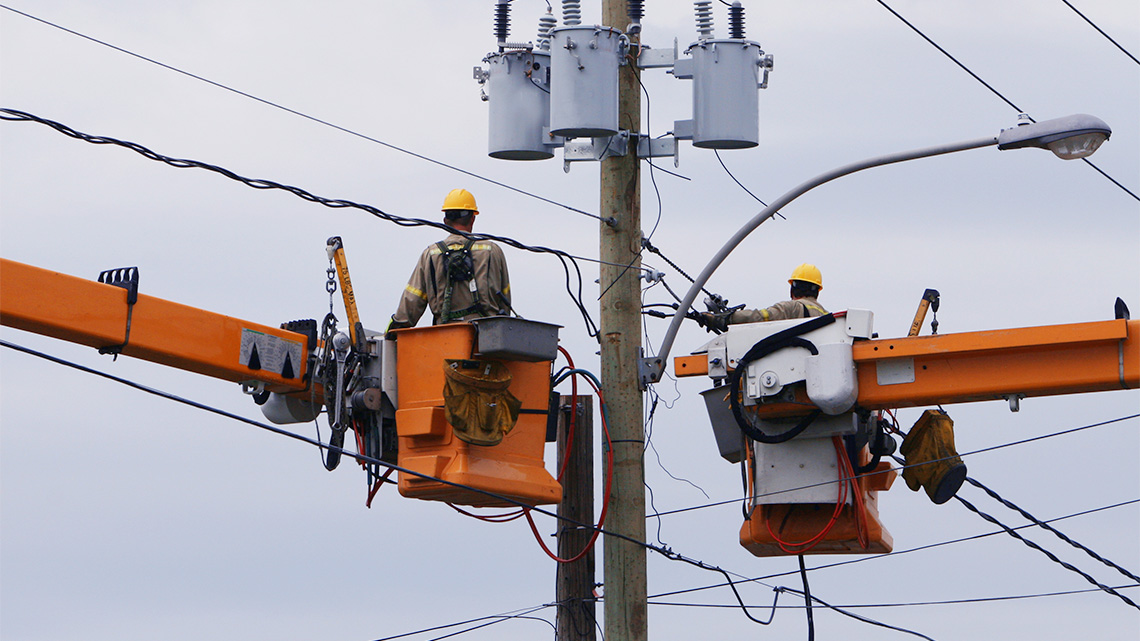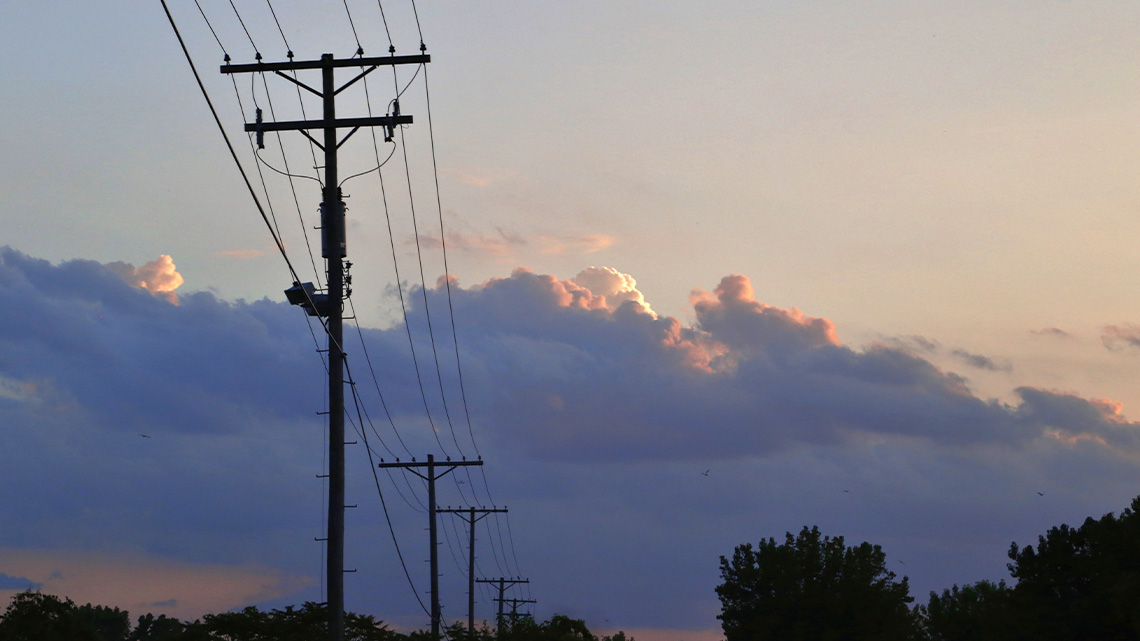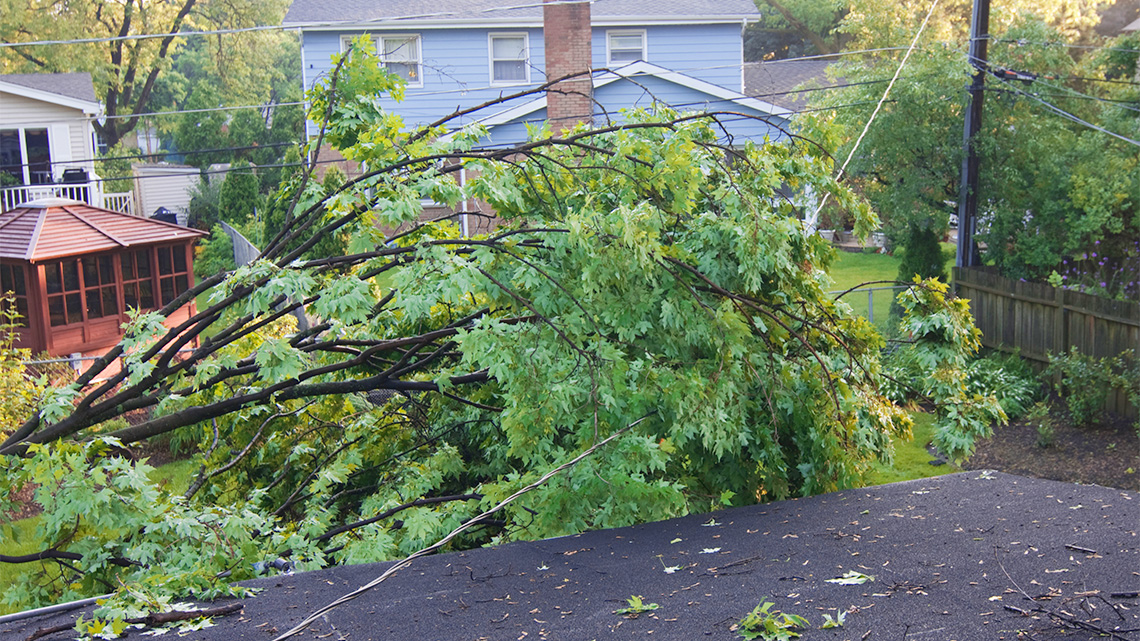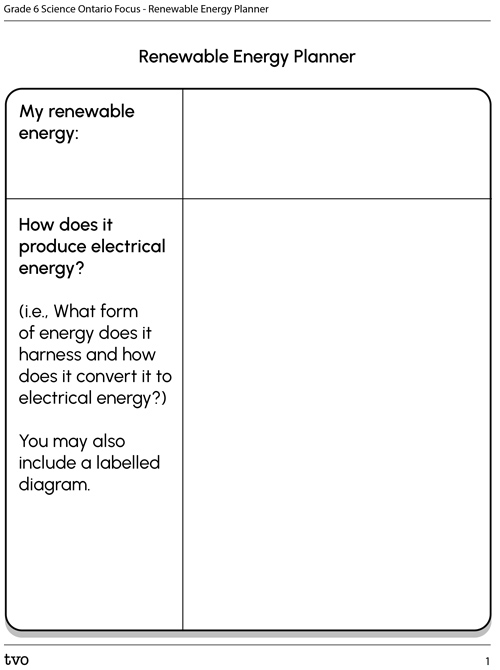Minds On
Skilled trades
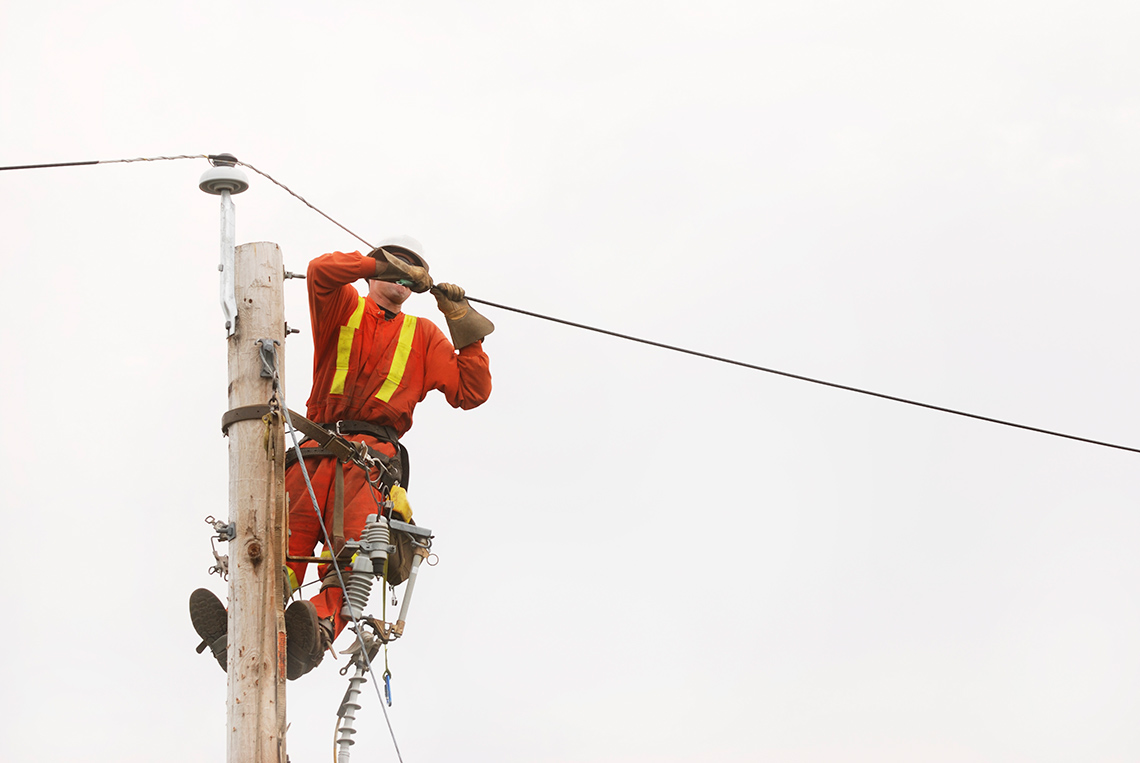
In Ontario, Hydro One is the largest distributor of electricity. They have been doing this for over one hundred years. In fact, they have so many electrical lines that they could wrap them around the Earth three times! Currently, they service 1.4 million customers in Ontario.
Check out this carousel of images to learn more about various skilled trades.
Brainstorm
Brainstorm
What science and technology concepts or topics do you think these skilled tradespeople at Hydro One would need to know about to perform their jobs?
Record your ideas in a notebook or another method of your choice.
Action
Ontario connection
This learning activity highlights people, places, or innovations that relate directly to the province of Ontario. Enjoy the exploration!

Electrical energy
Electrical energy is a type of energy that involves the buildup or movement of charged particles, called electrons. It can occur naturally, such as in lightning or when we rub objects together. It can also be created by using other forms of energy that get harnessed and converted to electrical energy using a generator.
Electrical energy that is generated is what humans use to provide power to homes, businesses, infrastructure, devices, and appliances around the world. The sources of this generated energy can be either renewable or non-renewable.
Press the following tabs to access renewable and non-renewable energy sources.
Renewable energy sources, like solar, wind, hydro (water), geothermal, and biomass energy, are ones that are readily available and often in unlimited supply (or replenished at a rate that is faster than its demand).
Many of these sources are considered “clean” or “green” energy because harnessing them does not involve releasing an abundance of additional gasses into the atmosphere as a by-product. One of the disadvantages to these sources is that a lot of input is required to produce not a great amount of return on power, some renewables require large amounts of land, and there can be some disruption of the environment and habitats for living things.
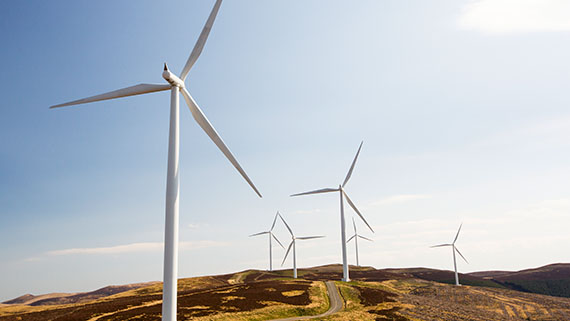
Non-renewable energy involves using sources of energy that will eventually run out and can’t be replaced fast enough to keep up with the demand. These are sources like burning fossil fuels (such as coal, natural gas, and oil) and nuclear fission (which involves the splitting of uranium atoms that are found in mined ore).
These sources will not only run out, but they also have dangerous and harmful effects on the environment. They disrupt the balance of gasses in our Earth’s atmosphere and directly contribute to global warming and climate change.
The advantages to these sources is that these systems have already been up and running effectively for many years. They supply mass amounts of electricity to large areas, and currently, fossil fuels are readily available. All of these advantages make non-renewables a cost-effective energy option.
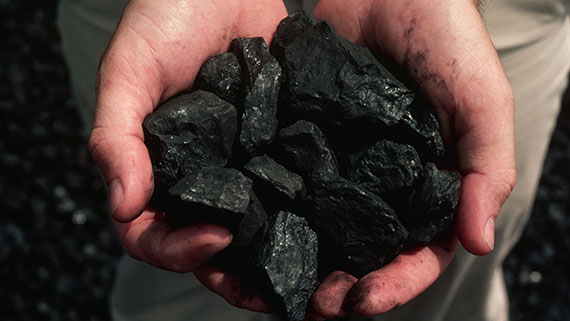
Let’s sort!
Redrawing the grid
An electrical grid is an interconnected network that delivers electricity from producers (companies like Ontario Power Generation) to distributors (companies such as Hydro One), then to consumers (individuals and businesses within communities). Electrical grids vary in size and can cover whole countries or even continents.
Much of Ontario’s current system of distributing electricity was built in the 1950s. Until recently, much of the world’s energy came from burning coal to create heat, which was then used to create steam, turn generators, and create electricity. This method is not sustainable as these resources will eventually run out. It pollutes our atmosphere and it is one of the largest contributors to climate change.
Slowly, Ontario has been replacing coal plants with cleaner, greener, and renewable energy generating options, like solar and wind farms. They have been expanding to create more hydroelectricity projects and upgrading nuclear energy sites to make them safer and more efficient.
Connecting green energy
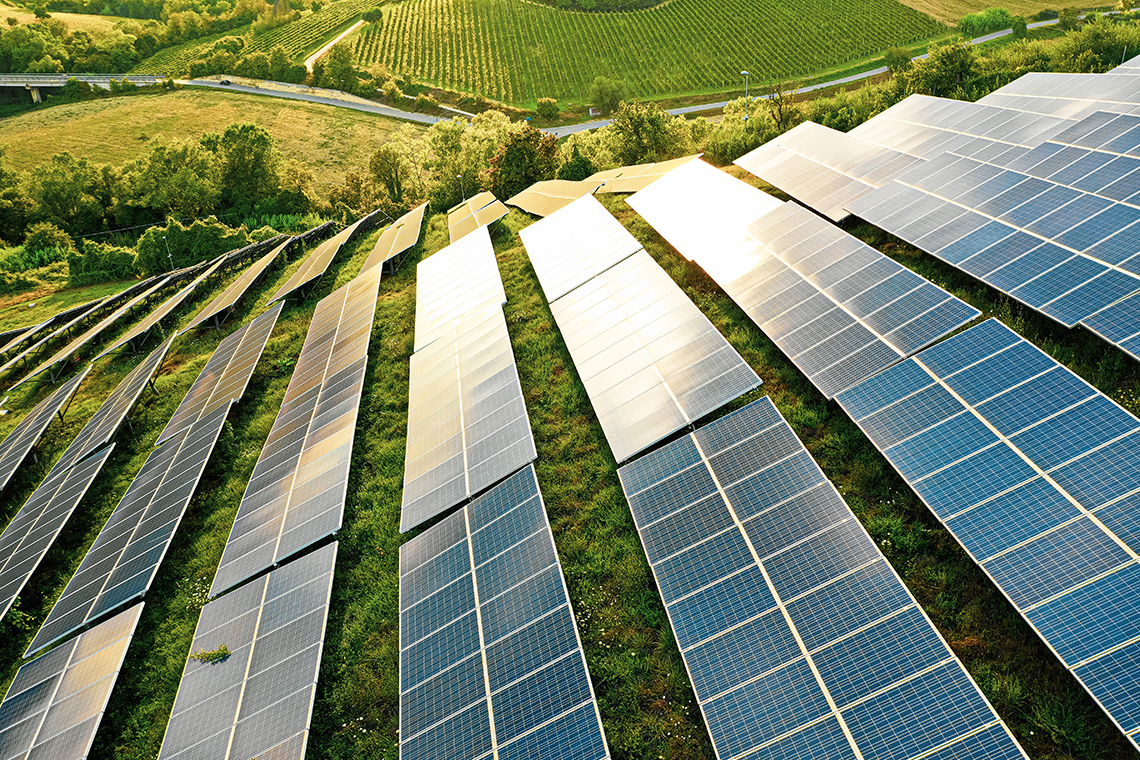
In Ontario today, the majority of our electrical energy comes from nuclear sources and hydroelectric sources, but other renewable energy technologies are continuing to pop up across the province and be connected to our grid.
Check out this video entitled “Climate Watch Shorts” to learn more about Ontario’s electrical grid.
After exploring the video, respond to the following:
- What changes has Ontario made so far to switch our grid to a greener, and more sustainable model?
- What suggestions does the video make for further improvements in the future?
Record your thinking in a notebook or another method of your choice.
Pause and Reflect
Extend your thinking
How do you think these forms of electricity might impact Northern Ontario communities and Indigenous communities that are not part of the network and grid in Southern Ontario?
Record your thinking in a notebook or using another method of your choice, such as digitally or with an audio recording. If possible, share your thinking with a partner.
Ontario’s green initiatives
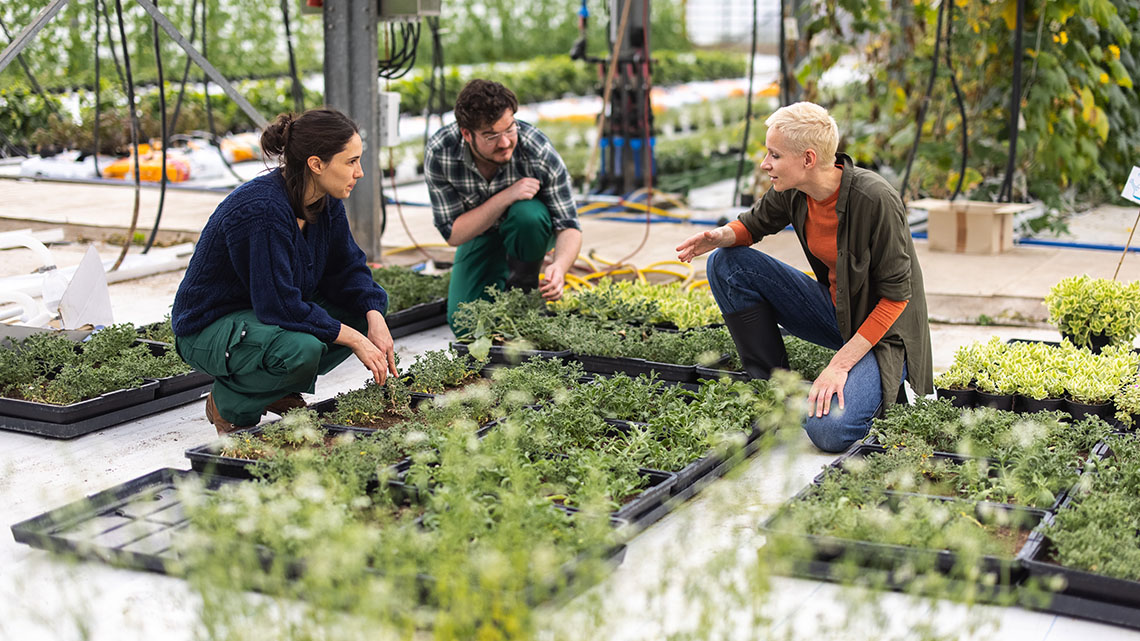
The work on improving and creating a more “green” electrical grid is always a work in progress. The Ontario government is helping our province by supporting many different innovative green energy projects and initiatives to help our electrical grid be “cleaner” and work more efficiently.
Press the following tabs to explore innovative projects that Ontario is supporting.
Ontario is demonstrating leadership by developing what it calls the “Smart Grid.” Our grid is now connected to sensors and computer chips that help to detect and fix outages quickly and that will also help citizens manage their personal energy use better.
The Smart Grid Fund was launched in 2011 with 50 million dollars in funding. The funds are being used by 11 different energy organizations that are using improved or new innovative technologies to modernize their grids. For instance, they might be tracking energy use better, balancing voltage more automatically, and/or integrating new technology.
As well, this fund helps to bring clean energy to remote communities that rely on burning diesel fuel to generate electricity. This funding is helping these communities to have their own small distribution grid that uses electricity that comes from cleaner options, such as wind, solar, and hydroelectric resources as well.
The Green Button is a technology that allows households and businesses to connect their energy data use to a third-party app of their choice. Users can easily access and analyze their energy use to help them conserve energy and save money. These apps can also help individuals plan energy-efficient improvements to their home or business that could reduce user costs and potentially supply power.
Ontario is currently exploring ways that it can store unused electricity. Finding ways to store this electricity could revolutionize the electricity system. Potentially, we could be more efficient in making electricity, lower costs for everyone, and make the system more reliable. For example, it could be stored during times of low usage and used later during times of high usage.
Energy storage has been identified as a key to reducing the effects of climate change. Currently, globally only 3% of the power generated is being stored. To limit global warming, energy storage capacity needs to triple by 2050. Through energy storage, we can use energy more effectively, minimizing carbon emissions.
Often, the process of storing energy involves transforming it into other forms of energy which can be stored or changed back into electricity on demand.
Access this video entitled “Climate Watch Shorts” to learn more about breakthroughs in energy storage in Ontario.
After exploring the different initiatives, summarize your learning in the following organizer or another method of your choice.
Complete the Ontario Innovation Projects Activity in your notebook or using the following fillable and printable document. If you would like, you can use speech-to-text or audio recording tools to record your thoughts.
|
Innovation project |
Project description What is it? |
Why is it beneficial? |
What are some of the challenges? |
|---|---|---|---|
|
The Smart Grid Fund |
|||
|
The Green Button |
|||
|
Energy storage |
Press the ‘Activity’ button to access Ontario Innovation Projects Activity.
Pause and Reflect
Pause and reflect
How are energy storage projects, such as Hydrostor’s Toronto Island wind project, taking electrical energy and converting it into other forms of energy to store it, and then converting it back to electrical energy when it’s needed?
Choose one example of an energy storage project we previously explored, and explain how it works.
Record your ideas in a notebook or another method of your choice.
Consolidation
Share your learning
Let’s highlight a renewable energy to educate your peers or community about what it is and why it’s beneficial to us and the environment.
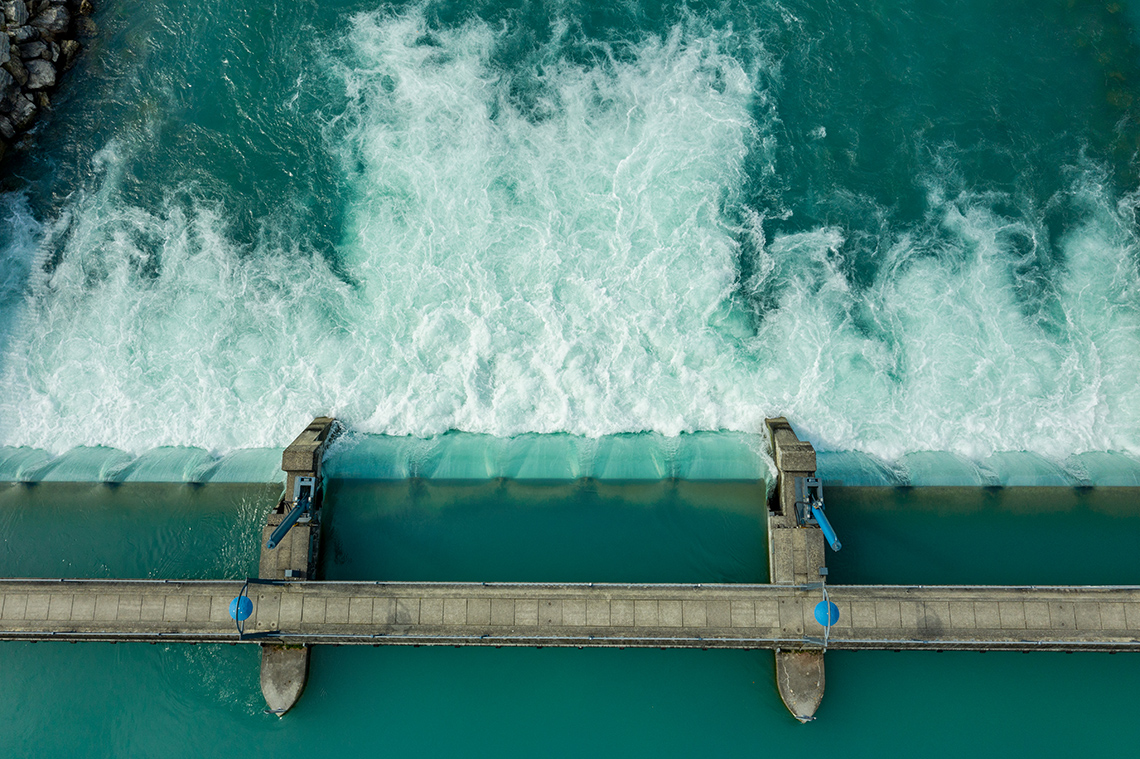
1. Choose a form of renewable energy that you would like to further investigate:
- solar
- wind
- hydro
- geothermal
- biomass
2. Present your information using one of the following:
- a video public service announcement
- a digital presentation
- a poster or pamphlet
- another method of your choice
Complete the Renewable Energy Planner in your notebook or using the following fillable and printable document. If you would like, you can use speech-to-text or audio recording tools to record your thoughts.
Student Tips
Student tips
When researching your form of renewable energy, it is important that you begin your search using websites, videos, audio recordings, or print resources from sources that would have reliable first-hand knowledge of the topic you’re researching.
Websites ending with .com, .org, and .net can be created and used by any person. Be careful when using these websites and ask yourself if these websites are credible or have bias. Those ending in .org are usually used by non-profit organizations, which may have an agenda of persuasion rather than education.
Websites ending in .edu are reserved for colleges and universities. Canadian websites have a .ca ending. It is important to consider using credible Canadian websites for research when possible!
Reflection
As you read through these descriptions, which sentence best describes how you are feeling about your understanding of this learning activity? Press the button that is beside this sentence.
I feel…
Now, record your ideas using a voice recorder, speech-to-text, or writing tool.
